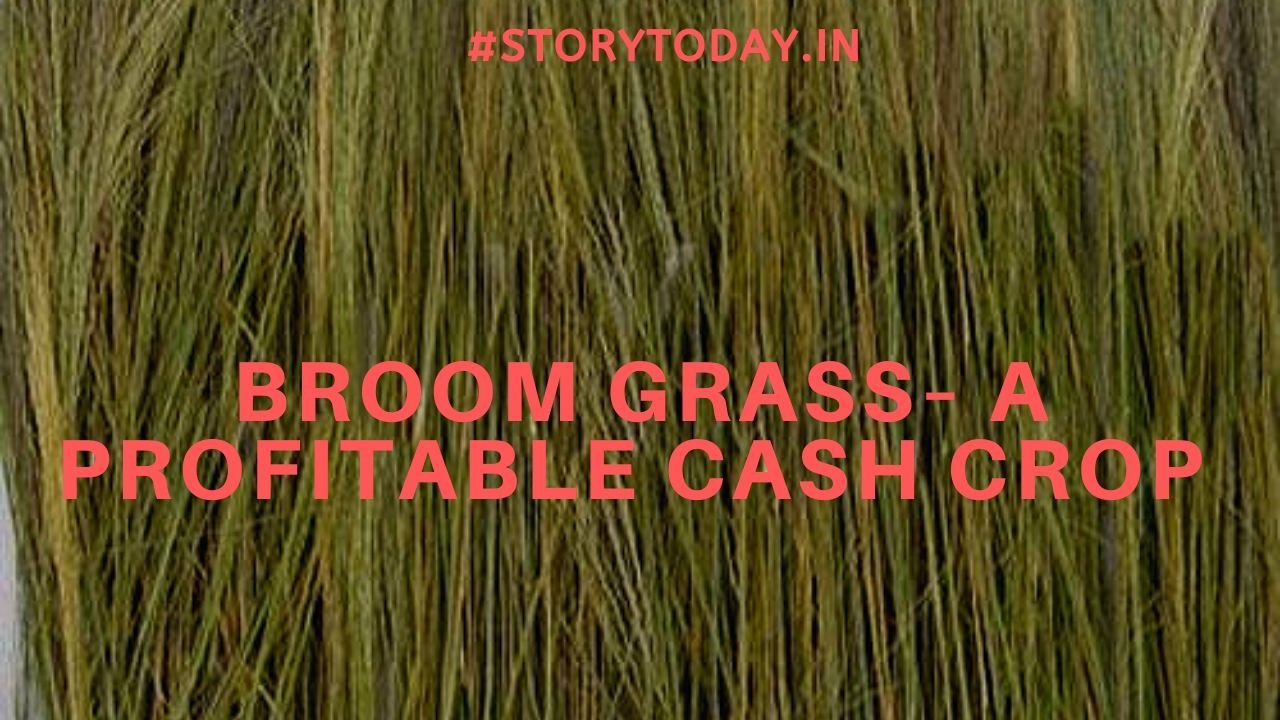Scientific Name: Ananas comosus L. Merr.Cultivar : Kew, Queen and MauritiusSoil : It can be grown on
Scientific Name: Ananas comosus L. Merr.
Cultivar : Kew, Queen and Mauritius
Soil : It can be grown on any type of well drained acidic soil.
Propagation : It can be propagated by sucker, slip and crown. These planting materials of 5-6 months age bear flowers after 12 months of planting except crowns which bear flowers after 19-20 months.
Treatment of planting material : Planting materials should be dipped in Mancozeb-75 WP (2 g/lit) before planting to protect the plants against bud rot.
Time of planting : April to October
Planting and population : Planting is done in two-row beds. In each bed, plant at 60 cm from row to row and at 30 cm from plant to plant. Distance between rows of two adjacent beds should be 90 cm. This will accommodate about 44,000 plants/ha.
Manure and Fertilizer : 10 to 15 t/ha of FYM may be applied at last ploughing. N, P2O5 and K2O @ 12g, 2g and 12g, respectively per plant per crop should be applied. Half of N and the whole of P2O5 and K2O are to be applied as basal dose and rest half of N to be applied as foliar spray.
For foliar applications, 450 g urea is dissolved in 10 lit of water and sprayed on 200 plants. It will provide 1 g of N per plant. Thus for giving 6 g of N as foliar application 6 such spraying are required after every 2 months. Soil application of 40 % of fertilizer of main crop i.e. 4.8 g N, 0.8 g, P2O5 and 4.8 g, K2O/plant after harvest of main crop increase production of ratoon crop of pineapple.
Cultural operation : Weeding should be done at least three to four times a year. Hand weeding can be partially eliminated by chemical weedicide. Diuron @ 3 kg/ ha as pre-emergence spray can be used economically in the first year to control broad spectrum of weeds in pineapple field. Black polythene (50 micron) can also be used for controlling weeds.
When there is long drought, irrigation may be given fortnightly.
To protect the fruits from sunburn, partial shade may be provided by planting arhar in between the beds. The spacing has to be adjusted accordingly. Covering the matured fruits with leaves adjacent to the fruits will reduce both sunburn and bird damage.
Crop Cycle: One main crop followed by two ratoons
Flowering:There are two main seasons of flowering- March-April and June-July. Sporadic flowering may take place in other periods also. Fruits usually ripen about 5 months after flowering.
Regulation of flowering and early fruiting :
In general, when no special treatment is given, only 50-60% plants flower in main season.
With some chemical substances it is possible to get uniform flowering (over 80%) in the main season. For this purpose, Ethrel @ 100 ppm (10 ml in 100 lit. of water) solution should be applied to plants one month before flowering. About 30 ml of Ethrel solution should be poured on the core of the plant. Since Ethrel is a costly chemical one tenth of it can be made equally effective (1 ml in 100 lit) by adding 2% urea and 0.04% sodium carbonate or calcium carbonate.
To delay harvest by a few days (10-15 days) spray the fruit (just 60-70 days ahead of normal harvest) with 300 ppm Planofix.
To ripen the fruit earlier by about 10-15 days spray 500 ppm of Ethrel on the fruit about one month before normal harvest.
Harvesting:Harvesting is done when the fruits become yellow in colour. Over ripening on the mother plant or any injury to fruits at harvesting should be avoided. For distant market, the fruits may be harvested when they just change colour from green to yellow.
Yield :50-80 t/ha depending upon spacing and cultural practices
Plant Protection :
Leaf spot: This can be controlled by spraying Mancozeb 75 WP (2 g/lit).
Benefit: Cost ratio: Main crop: 3.70; Ratoon crop: 8.50
Source: Assam Agricultural University, Jorhat & Department of Agriculture, Assam



